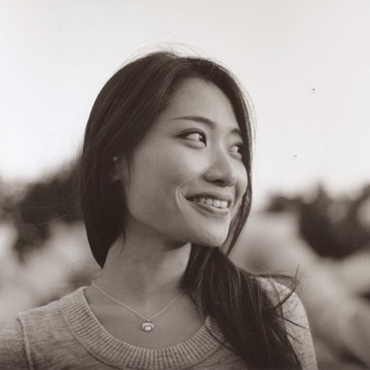
Embrace in Progress explores conflicted feelings of shared intimacy. It is inspired by personal and cultural experiences where human contact is not commonly practiced in social interaction. The daunting and unfamiliar proximity of being captured in someone’s arms distorts one's sense of time.
The project was inspired by slit-scan photography and uses depth sensors to capture a series of intimate embraces. These 3D printed pieces recreate the act of embracing and are represented in a static form by the flow of movement twisted because of time. The final pieces reference classical sculptural composition while exploring new ways of approaching representation of motion and time.
Embrace in Progress started with the attempt to answer these questions: Things we experience are not single moments. Intimacy does not occur in a single moment; it’s the act of being close and further away over time between people. It is something irrational and time based, and I wonder how I can preserve it as a static object.
Since my residency at NYU, I’ve been thinking about these in the context of new technology. How are human experiences such as emotion and time perceived by machines? Could I express emotion and time in a new way? I also wonder – how I can incorporate the dimension of time with tools such as photography, and combine it with new capturing modeling techniques.
Through the process, I want to see what artifacts are produced when information travels through dimensions. Can the machine unveil something for us?
My past projects revolve around collaging the organic human qualities with photogrammetry. Skin Deep is a project where the body is treated as a canvas for drawing. Besides layering handcrafted elements on top of a 3D scan, it’s fascinating to see people draw how they see, back onto my body.
Another example is a photo book I made called Still Life, it is environmental portraits, re-appropriated from 3D models uploaded to 123D catch, a photogrammetry software. I like how the computer makes sense and unpacks the 3D world, and all the details, and narrative brings from the 2 dimensional image, it’s almost like the technology helps illuminate what otherwise would be ignored in a scene, that ability is what I am interested in developing.
The technique I found particularly interesting is photogrammetry. Photogrammetry uses photos from many angles to generate a 3D model. I am drawn by the expressive opportunities of translating the 3D world to a 2D image, and then back to a 3D model.
The process of photogrammetry requires the object being captured to be completely still. Similar to early photography, 3D scans have lifeless qualities just like still life paintings. And I wonder, what are other ways to add human elements into the scan?
Photogrammetry also acts as a transition between photos and sculptures, and they all have their ways to convey motion. My mission for this project is to improvise a way for these two still mediums, to document time and intimate moments, and bring it back to a physical object.
To find a new medium to express time I started exploring slit-scan photography, and combined it with 360 camera rigs, Kinect depth sensor and 3D modeling. After the constant interaction with technology, I was able to bring to life the temporal qualities to tangible objects.

Rosalie Yu 余香瑩
"Rosalie Yu is an interdisciplinary artist and visual designer from Taiwan. Her work seeks to identify and recreate the human connections often overlooked in our daily lives.
The cornerstone of Rosalie’s work is the use of emerging photo and 3D technology in capturing portraits of intangible emotions and fleeting moments. In this way, she experiments with the resulting artifacts of information passing through different dimensions and re-appropriates them, giving physicality to the qualities of humanity often untouched.
Rosalie’s works have been exhibited at the Queens Museum and New York Hall of Science, and her project was recently featured in the Creators Project and Wired Magazine. A 2015 graduate of the Interactive Telecommunications Program (ITP) at NYU’s Tisch School of the Arts, Rosalie is currently a 2015-16 Research Resident at ITP. She holds a BA in Psychology and Film from UCLA."
